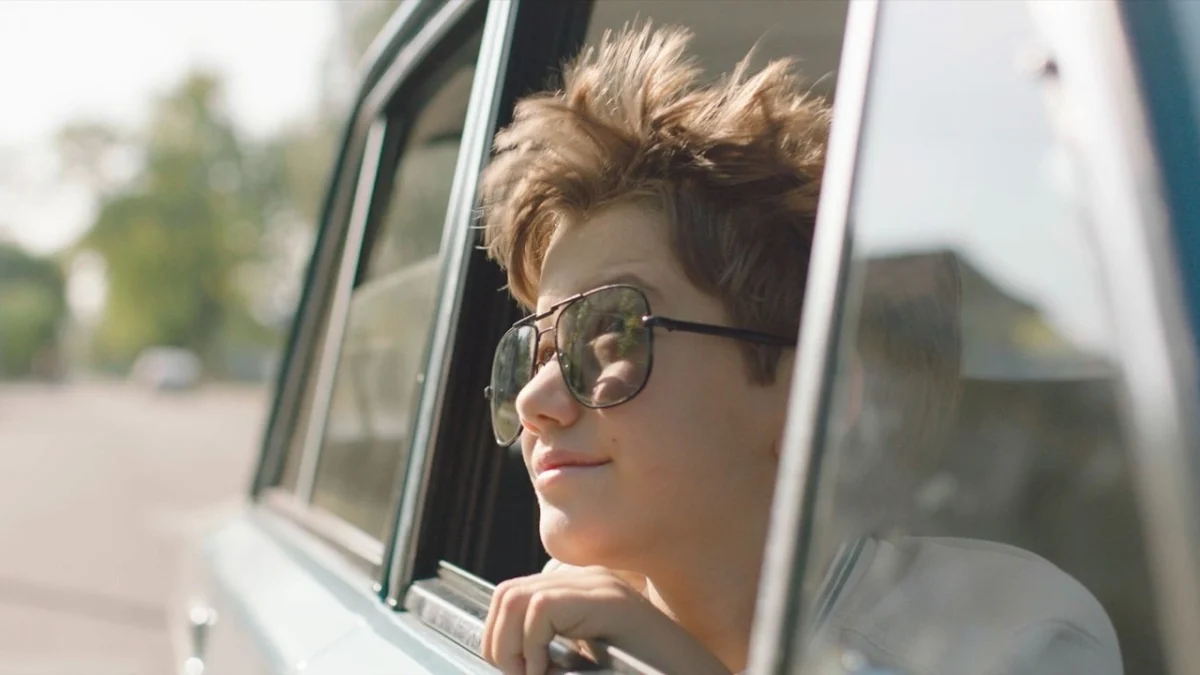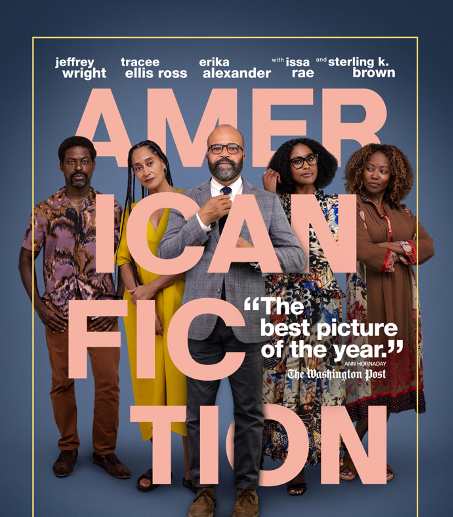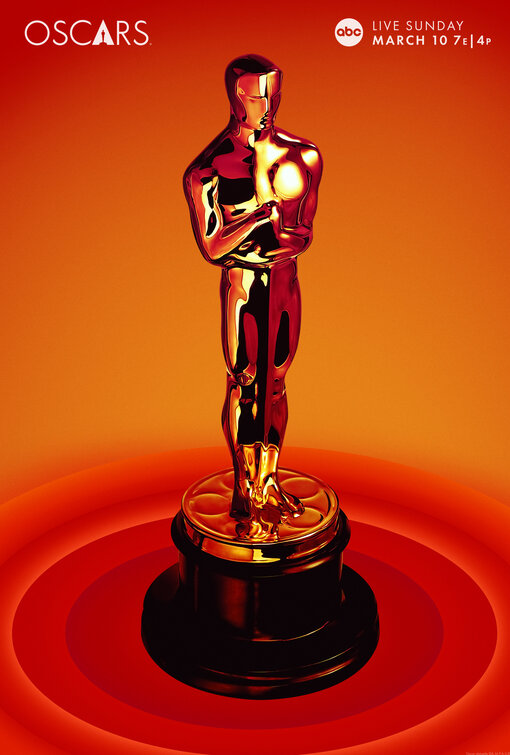
Published in 1957, Jack Kerouac’s “On the Road” defined the Beat Generation. Through his frantic and electric prose, imprinted on a 120-foot long scroll, Kerouac immortalized the Beat elite (counterculture legends), which is made up of poets, artists and kindred spirits. In his film adaptation of the contemporary classic, Walter Salles of “The Motorcycle Diaries,” tries his hand at mastering this literary snapshot of the sexually liberated, integrated, pill-popping pilgrims of the bebop revolution, but ends up falling a little flat.
The movie opens with Sal Paradise’s voice transcending the darkness before flicking to his footsteps. Like a gospel singer of old, Paradise croons “God loved me just like I loved him.” But of course he is one of a new breed. His shadow falls upon the gravelly ground, reflecting his juxtaposition to the conventions of the 1950s. His breath quickens; his steps hasten. With one thumb toward the open road, Sam Riley’s gruff English tones are transformed into an American drawl, as Paradise hitchhikes into the unknown. Riley captures his character’s boyish excitement and fascination with adventure. “I guess I’m just going,” he says, as America speeds past him, shining bright with beauty.
Garrett Hedlund plays Dean Moriarty, the quintessential thrill-seeker and glue of the group, providing the drugs from which they get high and sharing sexual escapades with men and women. Hedlund has the right look, but he is not the charismatic enigma of the novel. In print, the reader sees him as Paradise does, the prose representing his infinite admiration for his idol, humanized by his integral faults. Dean is better through the poetic language of Kerouac. Visually, he is faulted from the beginning, never quite living up to the legend.
“I don’t know what’s wrong with me, man,” he intimately professes to Paradise over a plume of cigarette smoke. “I do all these dumb things.” In the movie, Dean is the sum of his failings, with no depth to provide redemption. It becomes impossible to understand Paradise’s adoration. Moriarty’s spell is only realistic through the consistent heartache of vulnerable Carlo Marx, the Ginsberg caricature played by Tom Sturridge.
Beat literature is notorious for a distinct absence of women. “On the Road” is no exception to this rule. Elisabeth Moss (of “Mad Men”) and Amy Adams make brief, distinct cameos as disgruntled wives caught in the backfire of their husbands’ freedoms, but it’s a shame their parts are so fleeting.
Kristen Stewart sheds her awkward Twilight persona to play Mary Lou, Dean’s sexually uninhibited 16-year-old first wife. Despite the adult nature of her scenes, she still fails to shine, failing to convince the viewer of why Dean and Sal have such a vivid enthrallment with her. Kirsten Dunst, on the other hand, does a wonderful job as the tortured wife, left alone with the children while the men engage in camaraderie.
For viewers lacking knowledge of the Beats, “On the Road” may seem a little confusing with protagonists emerging with no real formal introductions. Old Bull Lee (Viggo Mortensen) is a prime example of this, with his appearance down in New Orleans somewhat ajar to the rest of the action. However, he does show the result of the Beat lifestyle when the vitality of youth wanes.
Typeface at the bottom of the screen pops up to instruct the audience of the physical and chronological location of the characters. Virginia, California, Colorado, Nebraska and Mexico are all places visited over the sprawling timescale of Salles’ reconstruction, yet with none of the fluidity of the novel. In the movie, the snapshots of cities seem abstract, unconnected, like 1,000 tiny Americas fragmented instead of the one singular Beat rendition in Kerouac’s manifesto of personal destiny.
The viewer is placed within the vehicle, along the way other hitchhikers, skidding and squabbling down the highways towards the don’t-know-what. Gustavo Santaolalla’s music moves and curls expertly with the frenetic action, speeding up and slowing at precisely the right moments, infusing the improvisation of Jazz into Jose Rivera’s screenplay. The moments of intimate silence and reflection are some of the most poignant, with flashes of 1940s New York, rolling plains, and changing seasons illustrating Eric Gautier’s wonderfully crafted cinematography.
“On the Road” aims to embroil the audience in the thrill-seeking of its chief characters. Yet, the pleasure it somewhat lost. The sex scenes seem too long and too forced and the drug-taking seems too staged. After all, the improvisation of drug-induced highs, casual sex and Kerouac’s maniacally free-loading prose cannot be done justice in a film that has been meticulously structured for cinematic effect. Moreover, perhaps the reason this film fails to resonate is because the image of the Beat is not shocking anymore, the portrayal of rebellious individuals is nothing new. Yet, while the audience may not identify with Moriarty, Paradise and the gang, they cannot ignore the scenery. And this is where “On the Road” succeeds, through its visual exploration of the America of yesteryear.
Jenny Rae can be reached at [email protected].












